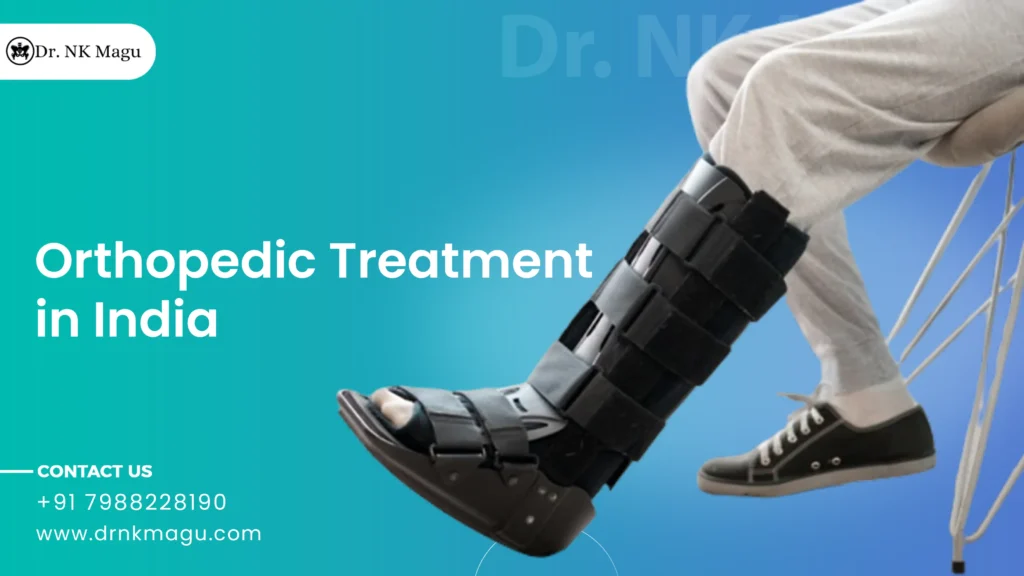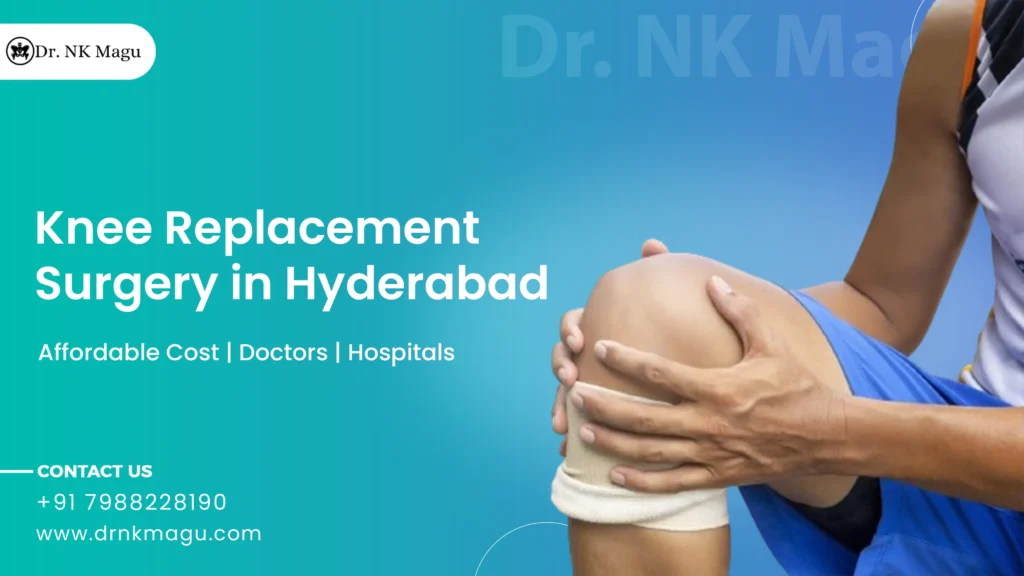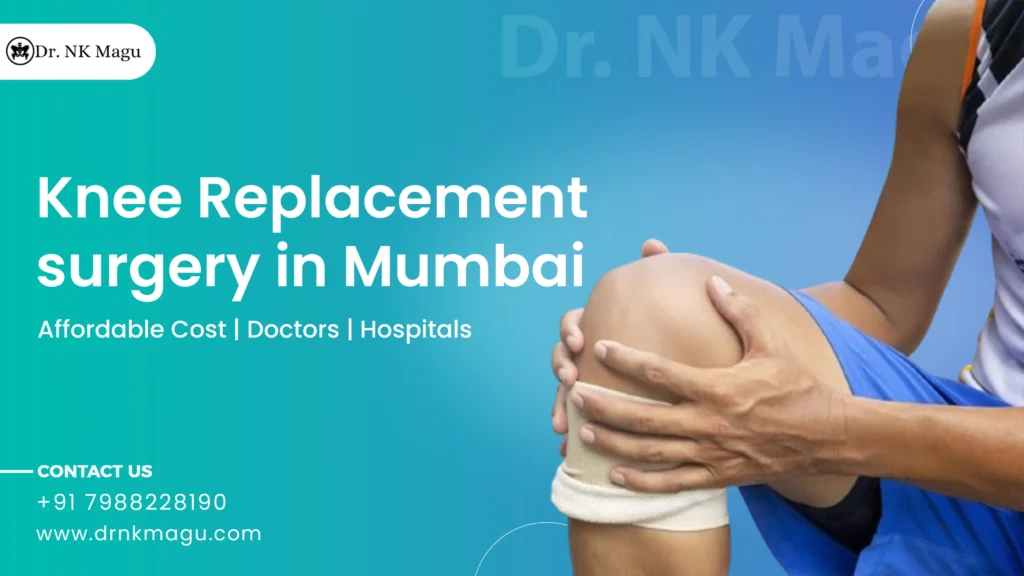Many conditions such as the presence of tumors in the growth plate, cerebral palsy, or maybe an injury can affect bone growth and result in unequal limbs. It does not matter if the cause is congenital, developmental, or an injury, the deformities can be painful and hinder the everyday life of the affected person. Limb lengthening surgery corrects the length differences by attaching a limb lengthening device between the bone segments.
The procedure aims to increase the length of the legs either by stimulating bone growth or by rectifying the distorted limbs. It is typically performed in the humerus, radius/ulna, femur, and or tibia. The surgery is mainly used to treat the differences in the length of the limb which can occur due to several medical conditions or injuries. It allows for improved range of motion, flexibility, strength, and gait and overall improves the quality of a patient’s life.
What is Limb Lengthening Surgery?
The surgery involves an operation where the affected bone is cut into two segments and attached them together with a lengthening device. When the bone starts healing, the device is moved slightly to pull the bone apart, this stimulates the natural bone renewal process and allows the segments to grow. This phase is referred to as the distraction phase. Adjusting the device can be done either externally or internally based on the type of device you use. After reaching the desired bone length, there is a phase called the consolidation phase where the new bone becomes hardened. It usually takes up to three months. During this phase, no further adjustment of the device is made, and is advised to have continuous physical therapy to make the bone strong and healthy. The device will be removed with a minor surgery after the bone is completely hardened.
What is The Purpose of Limb Lengthening Surgery?
Limb lengthening surgery is performed to treat various orthopedic conditions such as:
- Dwarfism – Dwarfism is a medical condition that makes the person short in stature. Limb lengthening can increase a persons height and improve their life quality
- Differences in leg length – Leg length can be uneven due to certain reasons. Limb lengthening surgery will correct the differences and improve posture, balance, and mobility.
- Varus and Valgus deformity – These deformities are commonly known as bow legs and knock knees. The knees are curved outward in bow legs and the space between the ankle is decreased. While in knock knee the knees are curved inward and the space between ankle is increased. This can be corrected by limb lengthening surgery.
- False joint or non-union fractures – It happens when the bone fragments from an old bone fracture is not properly united. It can cases persistent pain and lack of mobility and can be treated using limb surgery
- Cosmetic purpose – Some people who wants to increase their height also undergo limb lengthening surgery for aesthetic purpose.
Limb Lengthening Surgery Cost in India
Limb Lengthening Surgery Cost in India between Rs. 1.3 lakhs to Rs. 8 lakhs ($1550 to $9500). Rates may differ based on the individual’s needs and the extent of limb lengthening or shortening sought. Additionally, the cost of the procedure may differ based on the hospitals and facilities used. One of the main reasons why many foreigners travel for limb lengthening surgery in India is the low cost of the procedure. Furthermore, because the procedure has a 95% success rate, it is quite popular among those who need limb lengthening.
How Limb Lengthening Procedure is Done?
Before starting the procedure, the bone length is measured with the help of X-ray images and the length of the extension is pre-determined. The procedure is performed under general anesthesia and it involves two main steps. The first step is osteotomy in which the surgeon cuts the affected bone into two segments, followed by the second step, attachment of the limb lengthening device between the segments.
The attached device can be either one of the two types:
External fixator – It is a thin light metal frame that is attached to the bones by using a wire or pin. The frame and most of the device will stick outside the body creating difficulty in wearing certain clothes.
Internal rod – The device has a screw-like shape and is placed inside the body. It is a more advanced device and is not visible outside the body.
It is necessary to stay in a hospital for a few days after the surgery. Medication will be prescribed to manage the pain. Make sure to clean the site of the incision thoroughly to prevent infection. If you are having leg lengthening surgery, for a few weeks you will need an aid like crutches or a wheelchair to walk. If you lengthen your arm you would not be able to lift things for a few weeks.
Why Choose Dr. N. K. Magu?
Dr. N. K. Magu is a widely recognized orthopedic surgeon from India whose exceptional expertise and dedication to the field have earned him international acclaim. Dr. N. K. Magu has demonstrated over many years that he is an outstanding specialist in numerous orthopedic professions, particularly in the areas of hip preservation, reconstruction, proximal femoral osteotomies, and related topics. His unwavering dedication to improving the quality of life for his numerous patients has solidified his standing as one of the top orthopedic surgeons in the world.











